Kefurt Gus Joseph, born 31-10-1917, in Greenville, Mercer County,  Pennsylvania, United States, to Joseph Kefurt (1874–1954) and his wife Mary, born Pergl Kefurt (1877–1965)
Pennsylvania, United States, to Joseph Kefurt (1874–1954) and his wife Mary, born Pergl Kefurt (1877–1965) 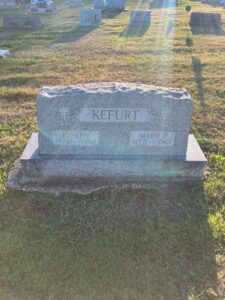 . Gus had four sisters, Anna M Kefurt Golubic (1903–1981),
. Gus had four sisters, Anna M Kefurt Golubic (1903–1981),  Mary L Kefurt Kresovich (1905–1962), Fannie Kefurt Banic (1906–1973)
Mary L Kefurt Kresovich (1905–1962), Fannie Kefurt Banic (1906–1973) 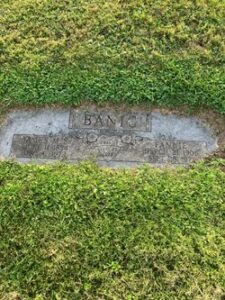 and Josephine E “Jo” Kefurt De Tullio (1921–2008).
and Josephine E “Jo” Kefurt De Tullio (1921–2008). 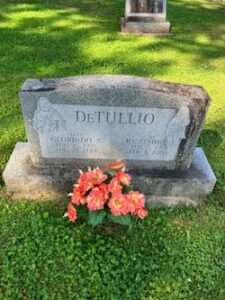 Gus, in 1940, married Frances Elizabeth Hartsky Wilson (1920–2006)
Gus, in 1940, married Frances Elizabeth Hartsky Wilson (1920–2006) 
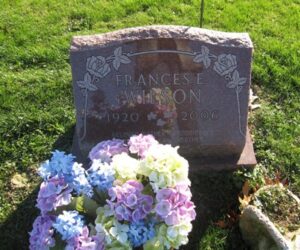
Kefurt joined the Army from Youngstown, Ohio in August 1943, and by 23-12-1944 was serving as a Staff Sergeant in Company K, 15th Infantry Regiment, 3rd Infantry Division.  under command of General Truscott, Lucian King Jr.
under command of General Truscott, Lucian King Jr. 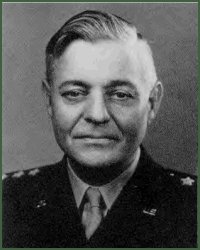
 . Following his recruit and combat training, he was sent to the European Theater of Operations. On December 23rd and 24th, during the Battle of the Colmar Pocket,
. Following his recruit and combat training, he was sent to the European Theater of Operations. On December 23rd and 24th, during the Battle of the Colmar Pocket, 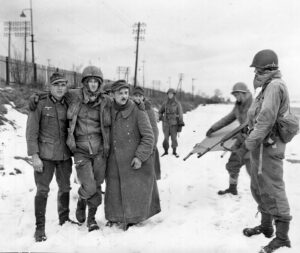 Gus led his men in a fight against German forces near Bennwihr, France. He exposed himself to hostile fire in order to encourage his men and direct their fire, led his men in the defense of positions despite repeated enemy attacks, and refused medical evacuation even after being seriously wounded.
Gus led his men in a fight against German forces near Bennwihr, France. He exposed himself to hostile fire in order to encourage his men and direct their fire, led his men in the defense of positions despite repeated enemy attacks, and refused medical evacuation even after being seriously wounded.
Death and burial ground of Kefurt Gus Joseph.
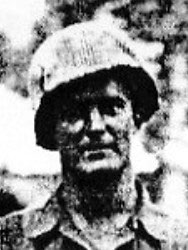
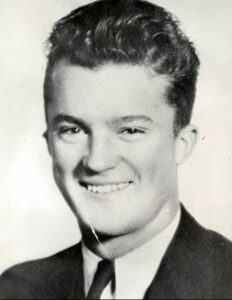 Gus was killed 05-12-1944 (age 27) in action on the following day. He was also awarded a Silver Star
Gus was killed 05-12-1944 (age 27) in action on the following day. He was also awarded a Silver Star ![]() and Purple Heart.
and Purple Heart.![]() His Medal of Honor
His Medal of Honor  citation reads: “He distinguished himself by conspicuous gallantry and intrepidity above and beyond the call of duty on 23 and 24 December 1944, near Bennwihr, France. Early
citation reads: “He distinguished himself by conspicuous gallantry and intrepidity above and beyond the call of duty on 23 and 24 December 1944, near Bennwihr, France. Early 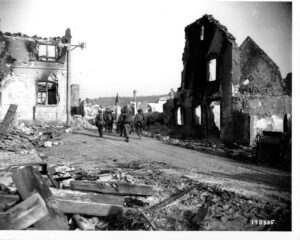 in the attack Staff Sergeant Kefurt jumped through an opening in a wall to be confronted by about 15 Germans. Although outnumbered he opened fire, killing 10 and capturing the others. During a seesaw battle which developed he effectively adjusted artillery fire on an enemy tank close to his position although exposed to small arms fire. When night fell he maintained a 3-man outpost in the center of the town in the middle of the German positions and successfully fought off several hostile patrols attempting to penetrate our lines. Assuming command of his platoon the following morning he led it in hand-to-hand fighting through the town until blocked by a tank. Using rifle grenades he forced surrender of its crew and some supporting infantry. He then continued his attack from house to house against heavy machinegun and rifle fire. Advancing against a strongpoint that was holding up the company, his platoon was subjected to a strong counterattack and infiltration to its rear. Suffering heavy casualties in their exposed position the men remained there due to S/Sgt. Kefurt’s personal example of bravery, determination and leadership. He constantly exposed himself to fire by going from man to man to direct fire. During this time he killed approximately 15 of the enemy at close range. Although severely wounded in the leg he refused first aid and immediately resumed fighting. When the forces to his rear were pushed back 3 hours later, Gus refused to be evacuated, but, during several more counterattacks moved painfully about under intense small arms and mortar fire, stiffening the resistance of his platoon by encouraging individual men and by his own fire until he was killed. As a result of Staff Sergeant Kefurt’s gallantry the position was maintained.”
in the attack Staff Sergeant Kefurt jumped through an opening in a wall to be confronted by about 15 Germans. Although outnumbered he opened fire, killing 10 and capturing the others. During a seesaw battle which developed he effectively adjusted artillery fire on an enemy tank close to his position although exposed to small arms fire. When night fell he maintained a 3-man outpost in the center of the town in the middle of the German positions and successfully fought off several hostile patrols attempting to penetrate our lines. Assuming command of his platoon the following morning he led it in hand-to-hand fighting through the town until blocked by a tank. Using rifle grenades he forced surrender of its crew and some supporting infantry. He then continued his attack from house to house against heavy machinegun and rifle fire. Advancing against a strongpoint that was holding up the company, his platoon was subjected to a strong counterattack and infiltration to its rear. Suffering heavy casualties in their exposed position the men remained there due to S/Sgt. Kefurt’s personal example of bravery, determination and leadership. He constantly exposed himself to fire by going from man to man to direct fire. During this time he killed approximately 15 of the enemy at close range. Although severely wounded in the leg he refused first aid and immediately resumed fighting. When the forces to his rear were pushed back 3 hours later, Gus refused to be evacuated, but, during several more counterattacks moved painfully about under intense small arms and mortar fire, stiffening the resistance of his platoon by encouraging individual men and by his own fire until he was killed. As a result of Staff Sergeant Kefurt’s gallantry the position was maintained.”
The U.S. 3rd Infantry Division suffered nearly 35,000 casualties during World War II, including approximately 5,000 killed and over 25,000 battle casualties, making it one of the highest casualty rates for an American division in the war. The division experienced significant losses, particularly at the breakout from Anzio, and was the most decorated division with 50 Medals of Honor and over 4,800 Silver Stars awarded to its soldiers.
Kefurt Gus Joseph is buried at the Epinal American Cemetery and Memorial, Epinal, Departement des Vosges, Lorraine, FranceSection Plot A, Row 29, Grave 37.
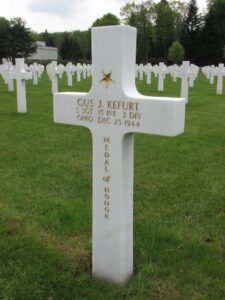
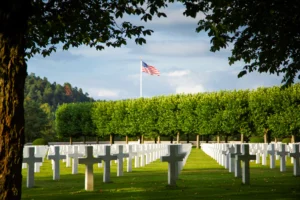


















Leave a Reply